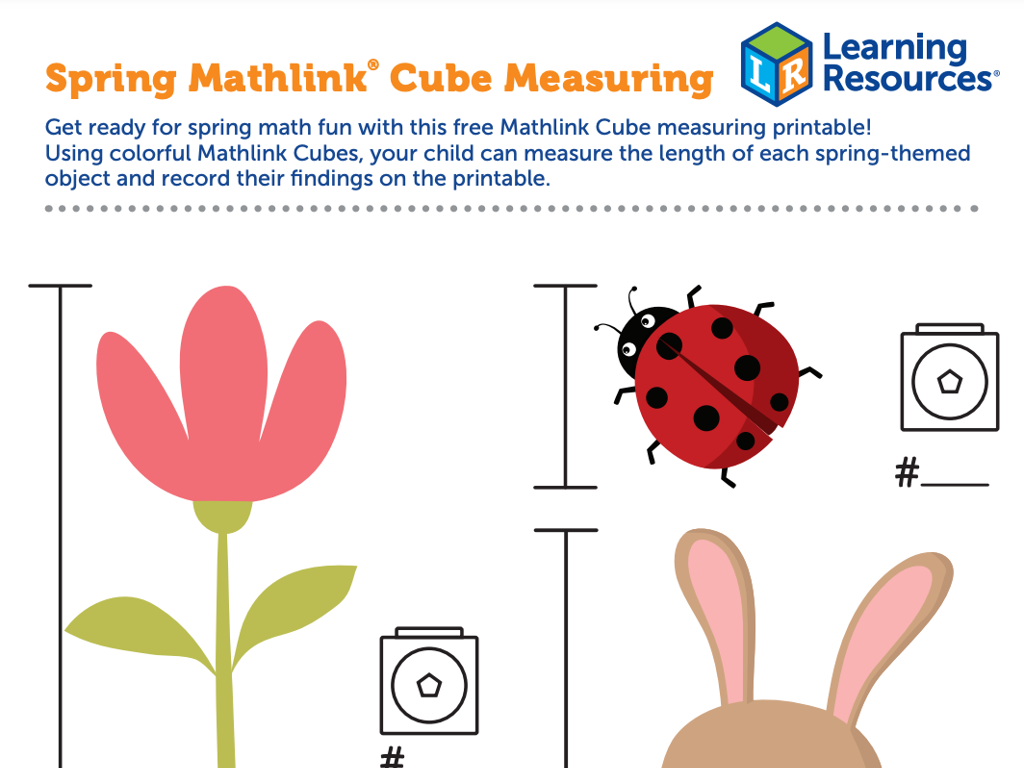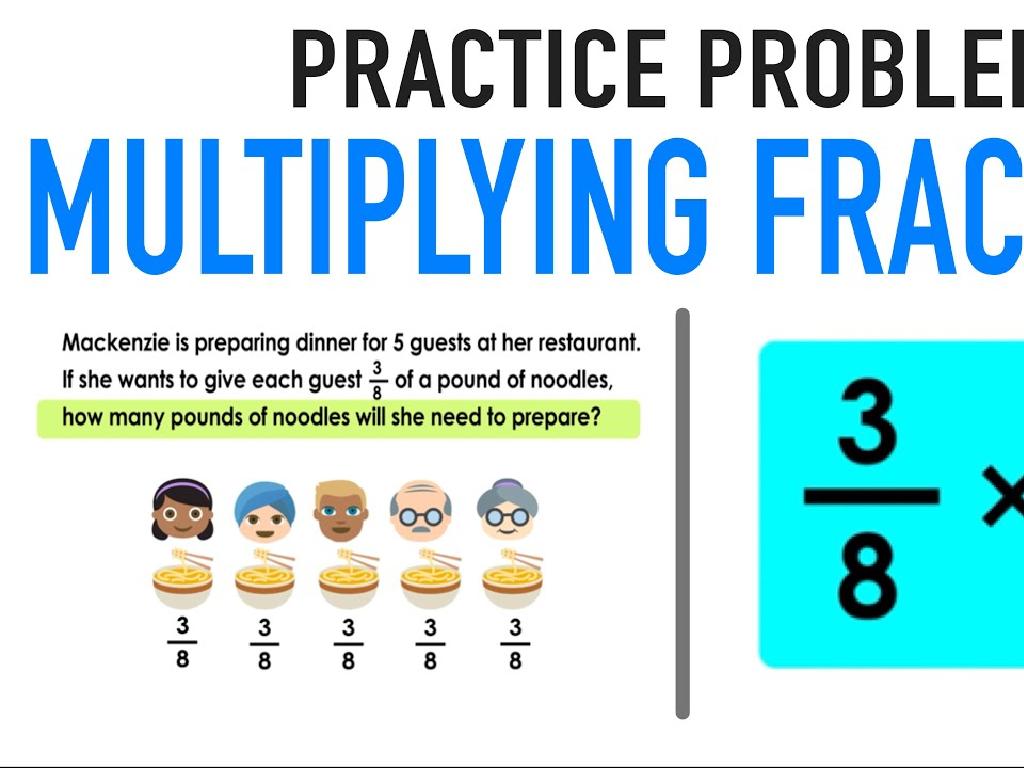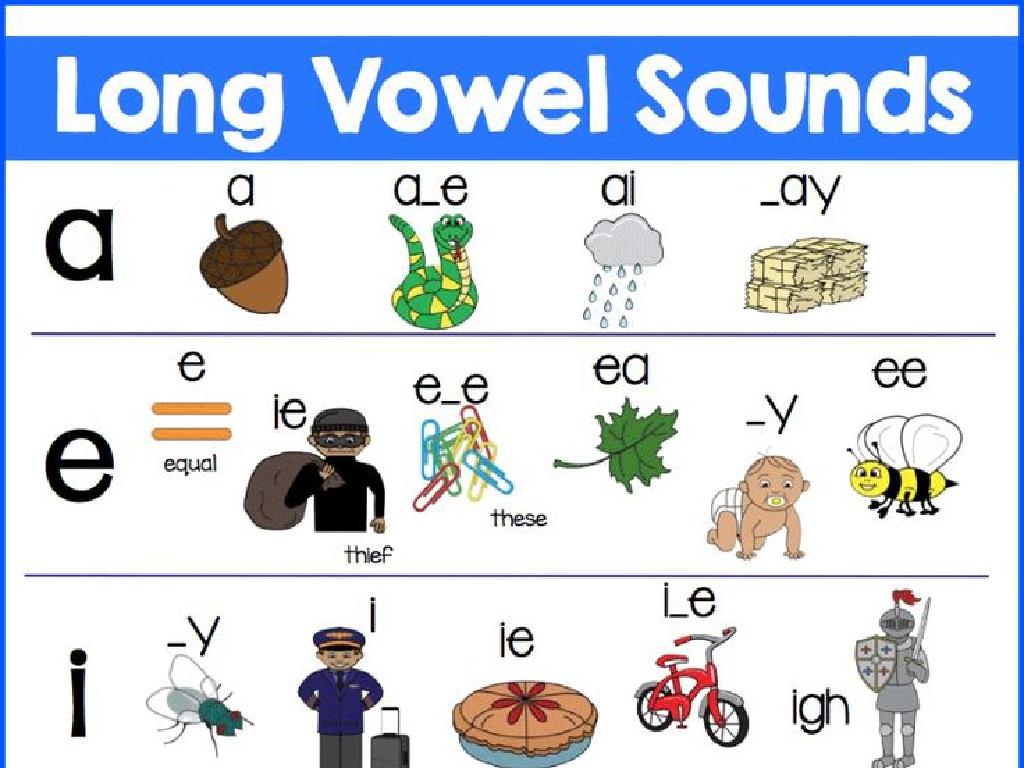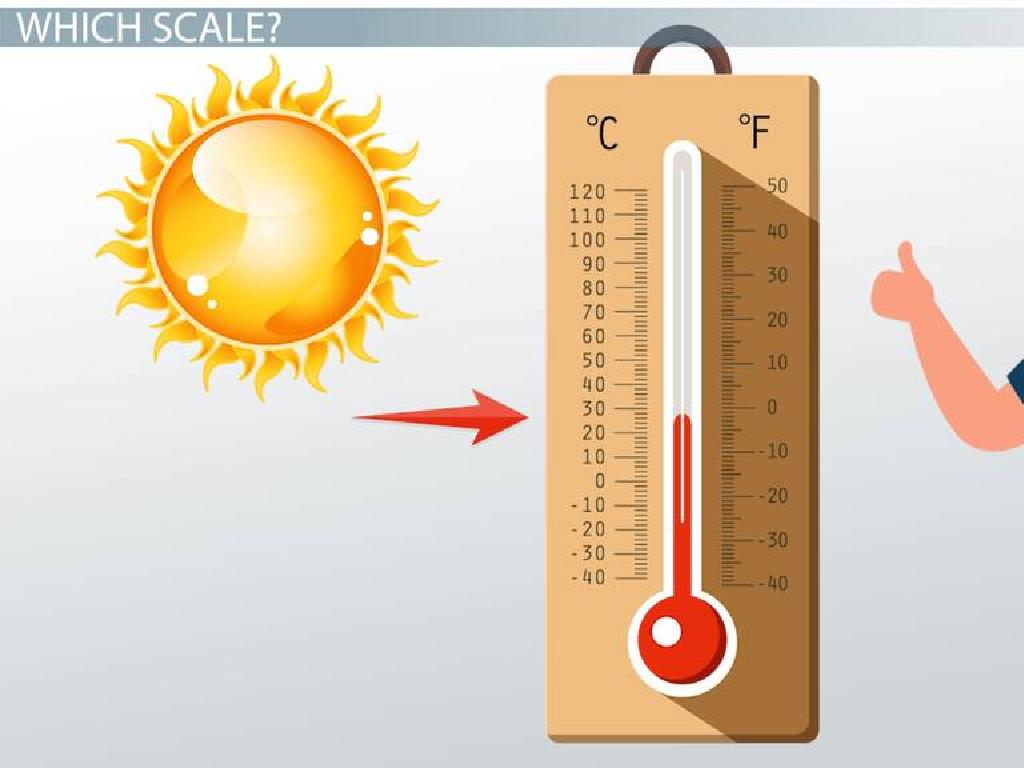Identify Phases Of The Moon
Subject: Science
Grade: Eighth grade
Topic: Astronomy
Please LOG IN to download the presentation. Access is available to registered users only.
View More Content
Phases of the Moon: Our Nearest Neighbor
– Moon’s phases: a monthly cycle
– New, crescent, quarter, gibbous, and full moon
– Phases result from moon’s orbit
– The changing positions relative to Earth and Sun create phases
– Each phase affects Earth differently
– From new moon to full moon, the visibility changes
– Tides influenced by moon phases
– High and low tides correspond with specific moon phases
|
Begin the lesson by explaining that the moon goes through a set of phases each month, which are a result of its orbit around Earth. Illustrate how the moon’s position relative to Earth and the Sun gives rise to the different phases we see from Earth. Discuss how these phases, from the new moon to the full moon, affect the amount of moonlight we see. Move on to explain the moon’s influence on Earth, particularly on ocean tides, highlighting how the gravitational pull during different moon phases causes the high and low tides. Encourage students to observe the moon over a month and note the changes in its appearance. This will help them understand the practical implications of the moon’s phases on Earth’s natural phenomena.
Understanding Our Moon
– The Moon: Earth’s satellite
– Earth’s only natural satellite, orbiting our planet.
– Moon’s surface features
– The surface has craters and dark, flat areas called ‘maria’ or ‘seas’.
– Orbiting Earth
– The Moon’s orbit is elliptical, taking about 27.3 days to complete.
– Phases of the Moon
|
This slide introduces the Moon as Earth’s only natural satellite, highlighting its unique features and its orbit around Earth. Discuss the Moon’s surface, pointing out the craters caused by meteor impacts and the maria, which are vast, basaltic plains. Explain the significance of the Moon’s synchronous rotation, which leads to the same side always facing Earth. Emphasize the Moon’s role in tides and its importance in Earth’s history. The slide sets the stage for discussing the phases of the Moon, which are a result of its orbit around Earth and the varying angles at which sunlight illuminates it.
Phases of the Moon: An Overview
– Understanding Moon Phases
– Phases are the different shapes of the moon we see from Earth.
– Reasons behind shape changes
– The moon doesn’t change shape; its illuminated portion visible from Earth does.
– Exploring the monthly cycle
– The moon goes through a complete cycle in about 29.5 days.
– Observing each distinct phase
– New Moon, Waxing Crescent, First Quarter, Waxing Gibbous, Full Moon, Waning Gibbous, Last Quarter, Waning Crescent.
|
This slide introduces students to the concept of the moon’s phases, emphasizing that the moon itself doesn’t change shape but appears to as it orbits Earth. Highlight the role of the moon’s position relative to Earth and the sun in this phenomenon. The cycle of phases, taking roughly a month, is a pattern that repeats, with each phase offering a different view of the moon’s illumination. Encourage students to observe the moon over a month and sketch the changes they see. This will help them understand the cyclical nature of the moon’s phases and how they relate to the passage of time.
Phases of the Moon: A Lunar Cycle
– New Moon: The moon’s start
– Moon is between Earth & Sun, mostly invisible
– Waxing Crescent: Light increases
– A thin slice of the moon becomes visible
– First Quarter: Half moon visible
– Half of the moon’s face is illuminated
– Waxing Gibbous: Almost full
– More than half lit, but not quite full
|
This slide introduces students to the concept of the lunar cycle and the names of the moon phases. The New Moon marks the beginning of the cycle, with the moon positioned between the Earth and the Sun, rendering it invisible from Earth. As the moon orbits, a Waxing Crescent appears with a sliver of light. The First Quarter, or Half Moon, occurs when half of the moon’s disc is illuminated. The Waxing Gibbous phase follows, with more than half of the moon visible as it approaches a full moon. Encourage students to observe the moon over a month and sketch the visible changes. Discuss how the moon’s position relative to the Earth and Sun affects its appearance. This understanding is fundamental in astronomy and will help students grasp more complex concepts of celestial mechanics.
Understanding Moon Phases: The Sun-Earth-Moon System
– Explore the Sun-Earth-Moon system
– The positions of the Sun, Earth, and Moon affect the phases we see.
– Learn how sunlight and shadow create phases
– Sunlight illuminates half the Moon; the division of light and shadow is what we observe from Earth.
– Observe the Moon’s position
– The Moon’s orbit around Earth changes its position relative to the Sun and Earth.
– Relate positions to phase changes
– As the Moon orbits, the angle of sunlight changes, leading to different phases.
|
This slide aims to help students visualize and understand the dynamic relationship between the Sun, Earth, and Moon that results in the various phases of the Moon. Emphasize the concept that the Moon does not generate its own light but reflects the Sun’s light. The portion of the illuminated Moon that we can observe from Earth changes as the Moon orbits our planet, which creates the phases. Use diagrams to show the positions of the Sun, Earth, and Moon during different phases. Encourage students to model this system with physical objects to gain a better understanding of how the relative positions result in the phase changes we see from Earth.
Observing the Moon’s Phases
– Start a Moon Diary
– Record daily observations of the Moon’s appearance.
– Learn to predict Moon phases
– Use patterns to guess upcoming phases.
– Understand the lunar cycle timing
– It takes about 29.5 days for a full lunar cycle.
– Observe changes over a month
– Notice how the Moon’s shape shifts nightly.
|
This slide encourages students to engage actively with their learning by starting a Moon Diary, where they will record their observations of the Moon each night. By doing this, students will become familiar with the Moon’s appearance during its different phases. They will use this information to predict what the next phase will be, applying their understanding of the lunar cycle’s timing. It’s important to note that the Moon takes approximately 29.5 days to complete its cycle from new Moon to new Moon. This hands-on approach will help students grasp the concept of the Moon’s phases by observing the natural changes over the course of a month. The teacher can facilitate this activity by providing a template for the Moon Diary and discussing the characteristics of each phase in class.
The Moon’s Phases and Culture
– Explore moon myths and legends
– Stories explaining moon phases vary globally
– The moon’s influence on art
– Art often depicts the moon in various phases
– Literary works inspired by the moon
– Poems and stories personify the moon
– Cultural interpretations of moon phases
– Different societies have unique moon phase beliefs
|
This slide aims to explore the cultural significance of the moon’s phases. Begin by discussing various myths and legends from around the world that explain the moon’s phases, highlighting the creativity and diversity of these stories. Then, transition to the moon’s influence on art, showing examples of how different phases are represented in paintings and sculptures. Literary works, including poems and stories, often personify the moon, attributing emotions and actions to it. Finally, discuss how different cultures interpret moon phases, whether it’s a symbol of change, a timekeeper, or an omen. Encourage students to think about how the moon’s phases have influenced their own culture or any cultural practices they are familiar with.
Class Activity: Phases of the Moon
– Craft a Moon Phase Wheel
– Gather materials: plates, pins, markers
– Follow the activity guide
– Step 1: Attach two paper plates with a split pin. Step 2: Label one plate with moon phases, color the other to match. Step 3: Rotate to show each phase.
– Present and discuss your creation
– Share your wheel with classmates, explain your understanding of each phase.
|
This hands-on activity is designed to help students visualize and understand the lunar cycle. Each student will create a Moon Phase Wheel using simple materials. Provide a step-by-step guide to ensure they correctly label and color the phases of the moon. Once completed, students will share their wheels with the class, explaining the sequence of the moon phases. This will reinforce their learning and encourage public speaking skills. Possible variations of the activity could include using different materials to represent the moon’s surface or incorporating a journaling aspect where students track the moon’s phases over a month.






